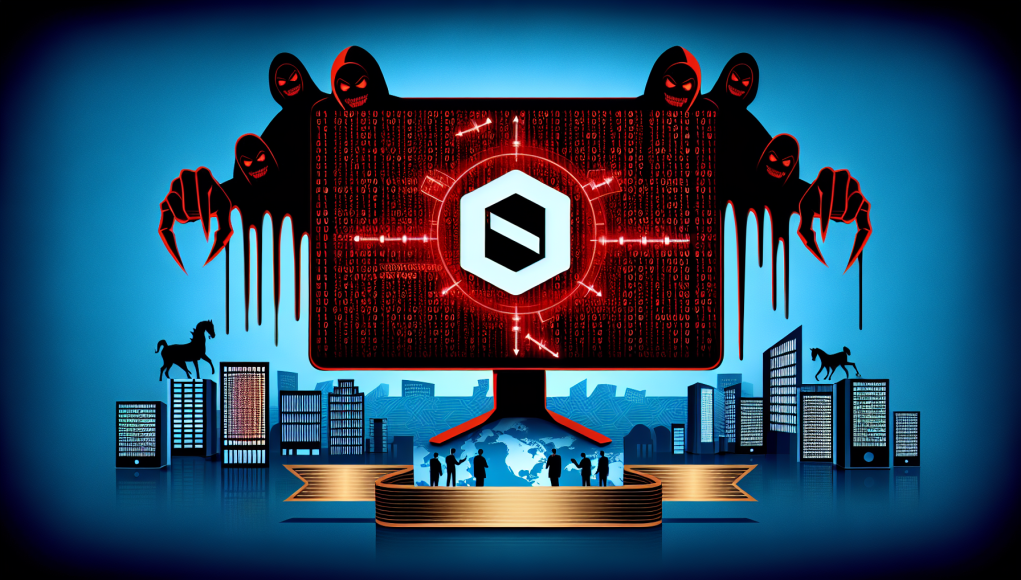In today’s digitally interconnected world, the backbone of many organizations’ collaboration and document management relies heavily on Microsoft SharePoint. Trusted by businesses and government agencies alike, SharePoint forms the infrastructure supporting countless workflows, document repositories, and intranet portals. However, a recent alarming cyber threat has once again underscored a fundamental cybersecurity truth: even the most widely adopted platforms can harbor unpatched vulnerabilities that leave critical systems exposed.
Microsoft recently announced patches addressing security flaws in two versions of its SharePoint software. While this move demonstrates rapid response to a pressing issue, it comes with a troubling caveat—one version of SharePoint remains exposed to potential exploitation. This partial patching effort illuminates the immense challenge in maintaining robust security across sprawling, diverse software landscapes used globally.
The Scale of the Risk
SharePoint’s ubiquity means this vulnerability isn’t a problem secluded to a small set of organizations or niche applications—it touches the very core of operational continuity for enterprises and governments on every continent. From storing sensitive internal documents to hosting collaborative workflows that power daily business functions, a compromised SharePoint environment can have far-reaching cascading effects.
Imagine a sophisticated cyber adversary exploiting these weaknesses to access confidential government files or sabotage corporate data integrity across multiple sectors. The potential consequences include intellectual property theft, manipulation of critical operational data, and even disruption of public services, all underlining the high stakes of this vulnerability.
Why Vigilance Cannot Be Optional
This event serves as a stark reminder that cybersecurity is a relentless journey rather than a destination. Even the most trusted software solutions, developed by tech titans like Microsoft, require continuous scrutiny and proactive management. Patching is fundamental but not a panacea; organizations must foster a culture of persistent vigilance.
For IT teams, the current situation underscores the importance of layered defense strategies—monitoring anomalous behaviors, deploying intrusion detection systems, and maintaining incident response readiness. For business leaders and government officials, the episode highlights a growing imperative: investing in cybersecurity awareness and infrastructure as an integral part of operational resilience, not merely a technical afterthought.
Proactive Lessons for the Future of Work
As workplaces increasingly embrace hybrid and remote models, reliance on cloud and collaborative platforms like SharePoint will only deepen. The recent vulnerability acts as both a warning and an opportunity—to rethink how security protocols align with the evolving nature of work.
This is a moment to reimagine cybersecurity from the ground up, prioritizing transparency, early detection, and rapid mitigation. Continuous education and clear communication lines, ensuring all organizational members—from frontline workers to top executives—understand their role in safeguarding digital assets, are paramount.
Global Implications, Local Actions
In facing this challenge, the narrative moves beyond isolated IT departments or siloed cybersecurity products. It presses organizations worldwide to adopt holistic approaches that blend technology, policy, and human behavior. Cyber resilience must become a shared value across sectors and borders.
Ultimately, the Microsoft SharePoint vulnerability episode echoes a timeless lesson in the digital era: The security of our workplaces, governments, and communities hinges on collective vigilance and adaptive agility. As we navigate this complex threat landscape, one truth remains clear—staying one step ahead requires relentless attention and unwavering resolve.
In the continuous endeavor to safeguard the digital workplace, every patch, every protocol, and every informed action contributes to a stronger, more secure future.




























